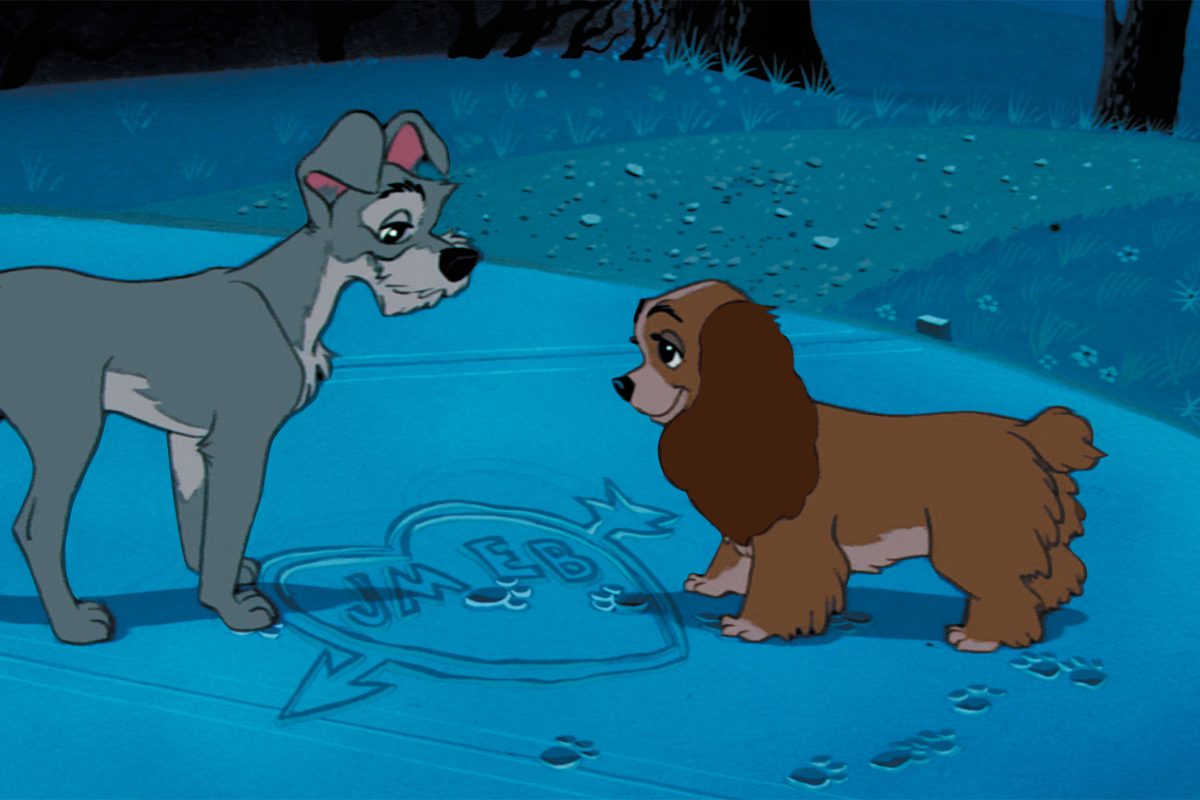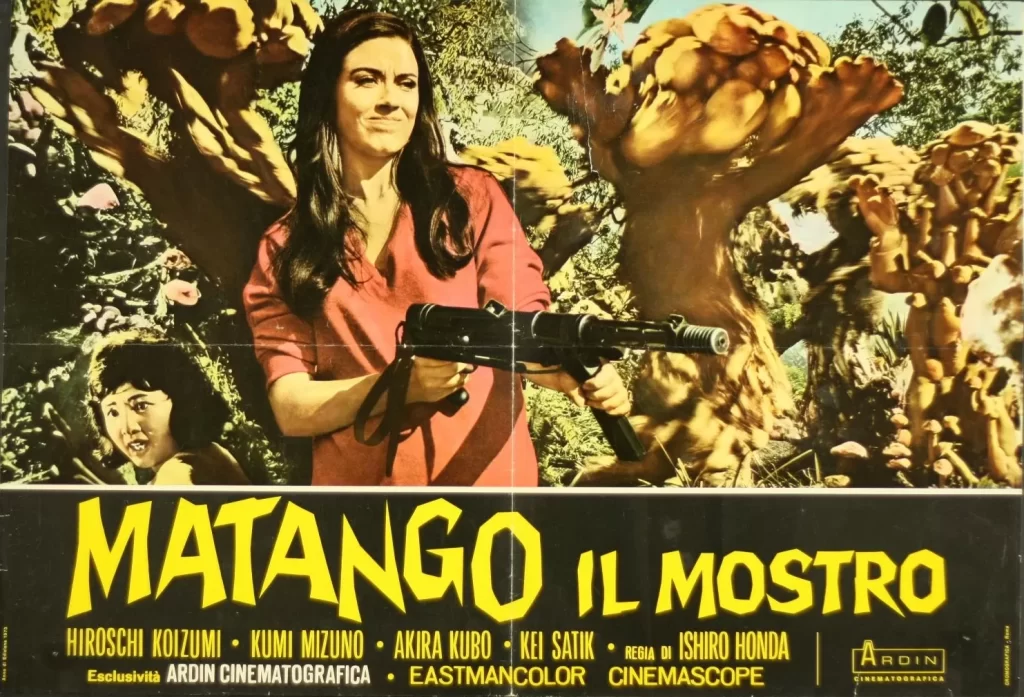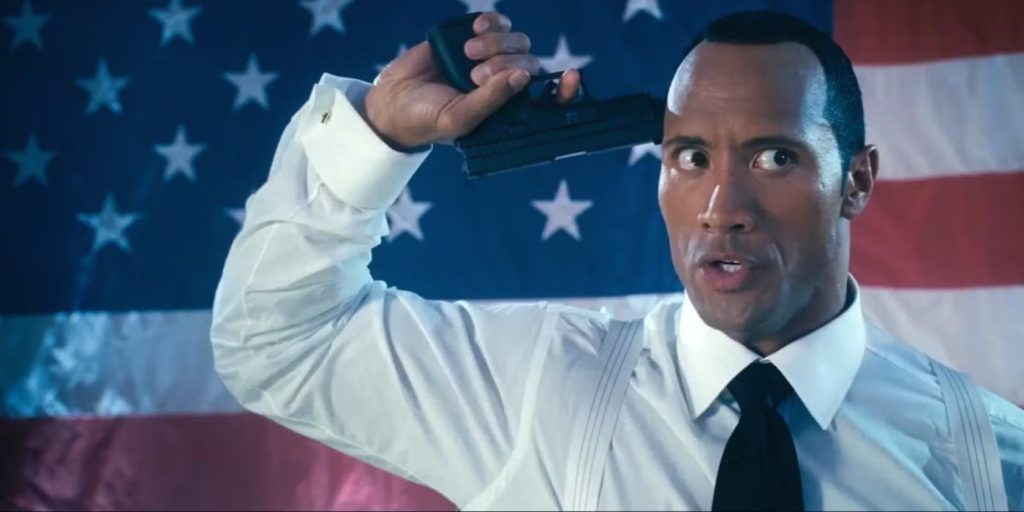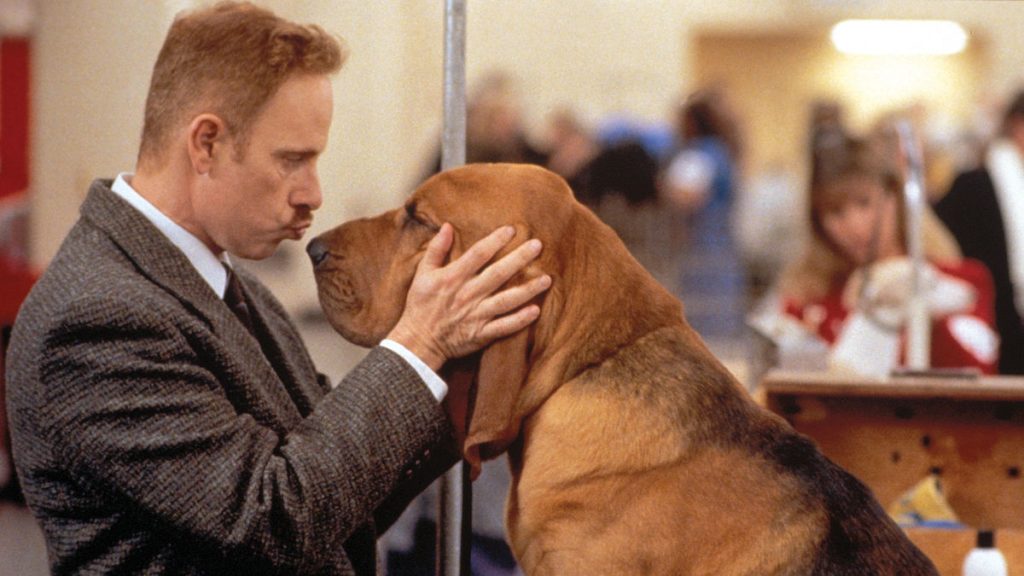Few images in Disney animation are as memorable as that of two dogs sharing a strand of spaghetti that turns into an accidental but charmingly chaste kiss. The film from which that image springs, Lady and the Tramp, turns 70 this week, and it’s easy enough to imagine Disney celebrating the canine romance on its social platforms for a brief second or two, as a summertime high. Most audiences, young or old, are familiar with Lady and the Tramp for its romance. (They may have attempted to memory-hole the film’s outlandish racial depictions, such as nefarious twin Siamese cats as well as a good chunk of other characters, both dog and man, who are cartoonish representations of Italian, Scottish, and Irish cultures.) And yet, the 1955 film is important for a technical reason. Lady and the Tramp was the first animated feature created and presented in CinemaScope, the ultra-widescreen technology that became a notable trend in the 1950s as movie studios began to expand the canvas of their more epic films.
Lady and the Tramp, though, has far from a massive scope. The 75-minute film tells the story of Lady (voiced by Barbara Luddy), a well-to-do cocker spaniel living in small-town America with her owners Jim Dear and Darling. Life is wonderful for this trio until Jim Dear and Darling have a baby, who understandably makes Lady a less important part of the household. After one misunderstanding with Jim’s obnoxious Aunt Sarah, Lady is cast out of the house and meets Tramp (Larry Roberts), a mutt from the literal wrong side of the tracks who shows her how to live on the streets, while they inevitably fall in love. Whatever you think of this movie, its charms are intended to be small-scale.
So the choice to make the film into a CinemaScope project may seem odd, but Walt Disney was, among other things, a technical pioneer. He’d pushed for Fantasia to have a special sound system dubbed Fantasound (which was basically stereo sound before it was commonly utilized in movie theaters), and worked to blend live-action and animation as far back as the 1945 film The Three Caballeros. When CinemaScope was first utilized by film studios, Disney was among the early adopters. Their 1954 live-action epic adaptation of Jules Verne’s 20,000 Leagues Under the Sea was a CinemaScope production, and the studio’s Oscar-winning animated short Toot, Whistle, Plunk, and Boom from 1953 was the first such piece of animation made in CinemaScope.
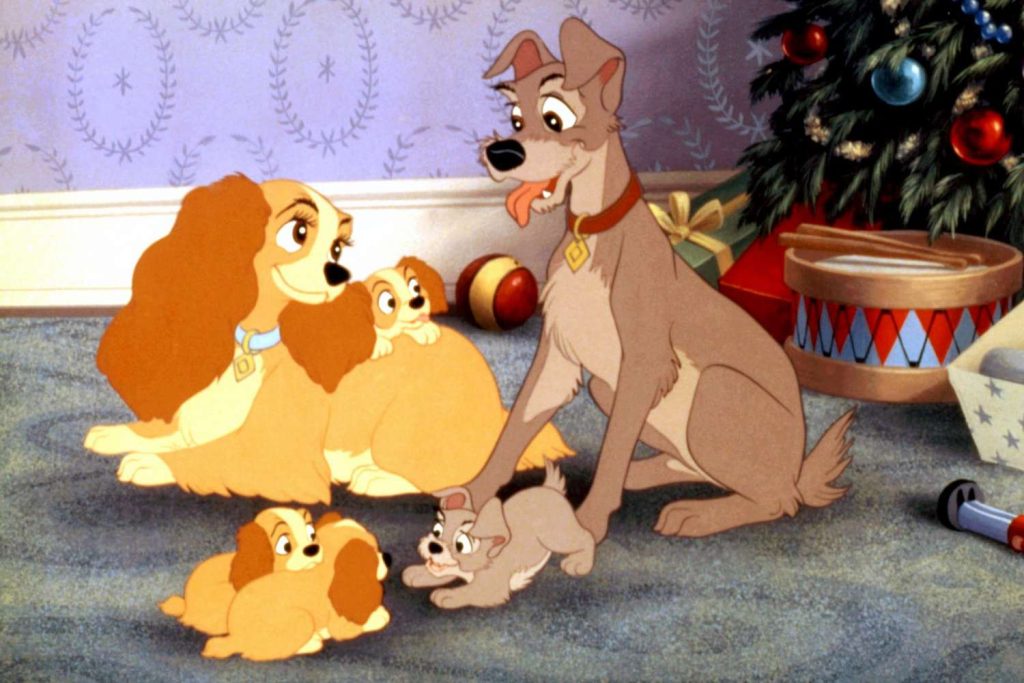
But making an animated short is easier than an animated feature. Producing Lady and the Tramp in CinemaScope was a more challenging endeavor for Disney’s animators. As noted in the expansive coffee-table book The Art of Walt Disney by Christopher Finch, the animators initially struggled with balancing the massive amount of space afforded by the wider aspect ratio, and attempting to center characters like Lady and Tramp within that stretched-out frame. Although the animators did overcome the challenges, that didn’t mean that all theaters were ready for the film. The behind-the-scenes featurette on a DVD release noted that not all American cinemas even were fully equipped for CinemaScope by the summer of 1955, meaning that Lady had to be made in two formats: first in the original CinemaScope and second, in the boxy Academy ratio that was more standard at the time.
Walt Disney only produced one other animated feature in CinemaScope, the haunting and visually distinctive 1959 classic Sleeping Beauty. So just as Toot, Whistle, Plunk, and Boom can be seen as a test case for whether or not the technology had any use in animation, you can look at Lady and the Tramp and see it as a test case for whether or not an animated feature could sustain itself in the wide format. Ironic, then, that between them, Lady and the Tramp was a massive box-office success, and Sleeping Beauty was an expensive flop upon its initial release. Yet because Sleeping Beauty was a financial flop, Disney stripped down the budgets for the next few animated films, and a year after he died, CinemaScope was phased out by film studios in favor of cheaper widescreen filming options.
Now, the idea of an animated film in at least a ratio of 2.35:1 is not as uncommon as it was. Films like The Incredibles, A Bug’s Life (which was released on home media initially in a full-screen and widescreen format, to accommodate different viewing options), and Anastasia were all released in widescreen. But it all started not with a mouse, but with a dog. Lady and the Tramp is nothing less than a Norman Rockwell riff on early-20th-century Americana, but despite low stakes from a creative standpoint, the technical side of the house was vast and expansive—even if it meant pushing Disney animators beyond their previous limitations.
“Lady and the Tramp” is streaming on Disney+.
